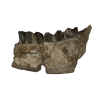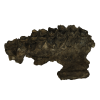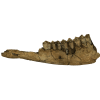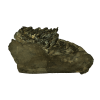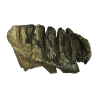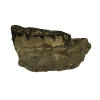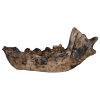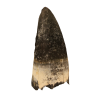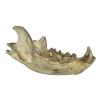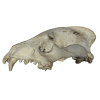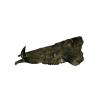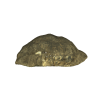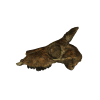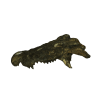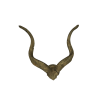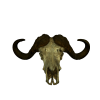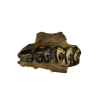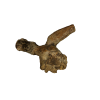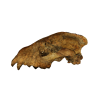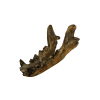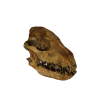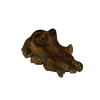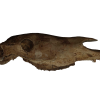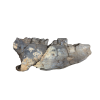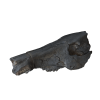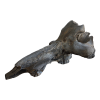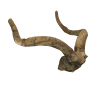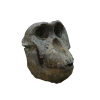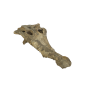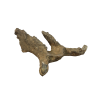The Tribe Boselaphini belong to the Family Bovidae, and the subfamily Bovinae, which today includes the buffalo. This skull of Tragoportax was discovered in 1967 by Brian Patterson’s expedition to Lothagam at West Turkana. The Boselaphini were abundant in the Late Miocene and at Lothagam fall into two size categories. The genus Tragoportax includes several species. Horn core shapes are quite variable within a species depending on the age of the individual. Tragoportax sp. B is one of two small Boselaphins from Lothagam. Its horn cores do not exhibit the well developed keeling that the larger species do. There is some indication that the horn core shapes might differ between males and females.
|
Tragoportax sp. B
KNMLT 195 Age approx. 7.00 Million Years
Digital Capture: Photogrammetry 0 Comments Order: Artiodactyla Family: Bovidae Tribe: Boselaphini Genus: Tragoportax Species: sp. B Element: Horm cores and partial cranium Locality: Lothagam, West Turkana Year of Discovery: 1967 Other Fossils to View |






